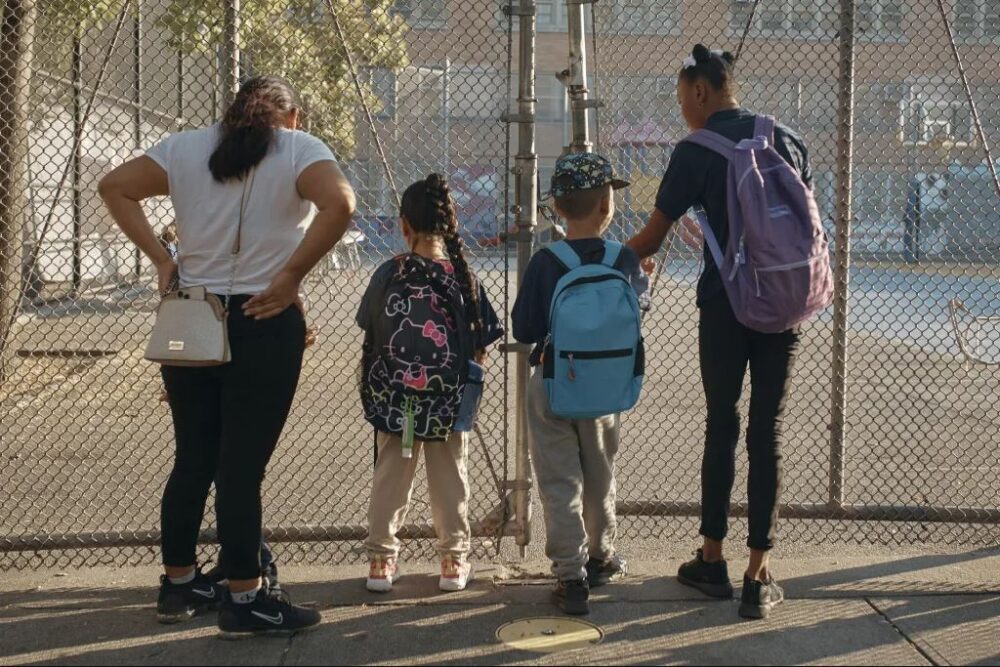Promise of Brown v. Board of Education not reaching NYC’s migrant students

New York Amsterdam News | “What we’re seeing a lot of is Spanish-speaking families, and some other languages, from Haiti, Venezuela, Ecuador,” said Diana Aragundi, assistant director of Immigrants Students’ Rights Project at the Advocates for Children of New York. “And we’re seeing a lot of young adult men, ages 17-21, who are from Guinea or other countries in East Africa who are coming to New York and really want to go to school and want the opportunity, but it’s really hard to navigate enrolling in school.”
Advocates for migrant students estimate that as of today, roughly 36,000 students are caught in an incredibly emotional and arduous ordeal of simply trying to attend classes daily. There is, of course, the culture—and financial—shock of arriving in a new country, and perhaps not being able to speak the dominant language. And while shelter stays were never intended to be permanent, the 60-day deadline imposed by the Adams administration means that students may attend a school in one borough for 60 days and move to a completely different school in a different borough later, all while attempting to catch up and learn English—or in the case of older students—also working jobs to support their newly emigrated families.
“A lot of schools are overwhelmed,” Aragundi said. “The bigger challenge is with 60-day notices—it creates some challenges with school stability, because you don’t know where you’re going to end up. And transportation is such a big issue for students in shelter. It can be really hard to make sure the bus is on time, but if they have to move, it can take weeks for the bus to be rerouted.”
“For elementary and middle school-aged students, we are compliant with the McKinney-Vento Act, which states that students in temporary housing are entitled to placement at their zoned school. If seats are unavailable in nearby zoned schools, we are being strategic about placing students in equidistant schools with open seats that also meet our students’ needs,” the DOE said in a statement.
But a clear barrier in between is the process of enrollment. “Enrollment is the biggest challenge because a lot of families don’t know what to do,” Aragundi said. When families arrive, they are not aware of having to make the first stop at the Family Welcome Center, which processes enrollment and other formalities for students entering the school system. Even then, because there is a lack of outreach from the DOE to families, organizations like Aragundi’s step in as support, she said.
